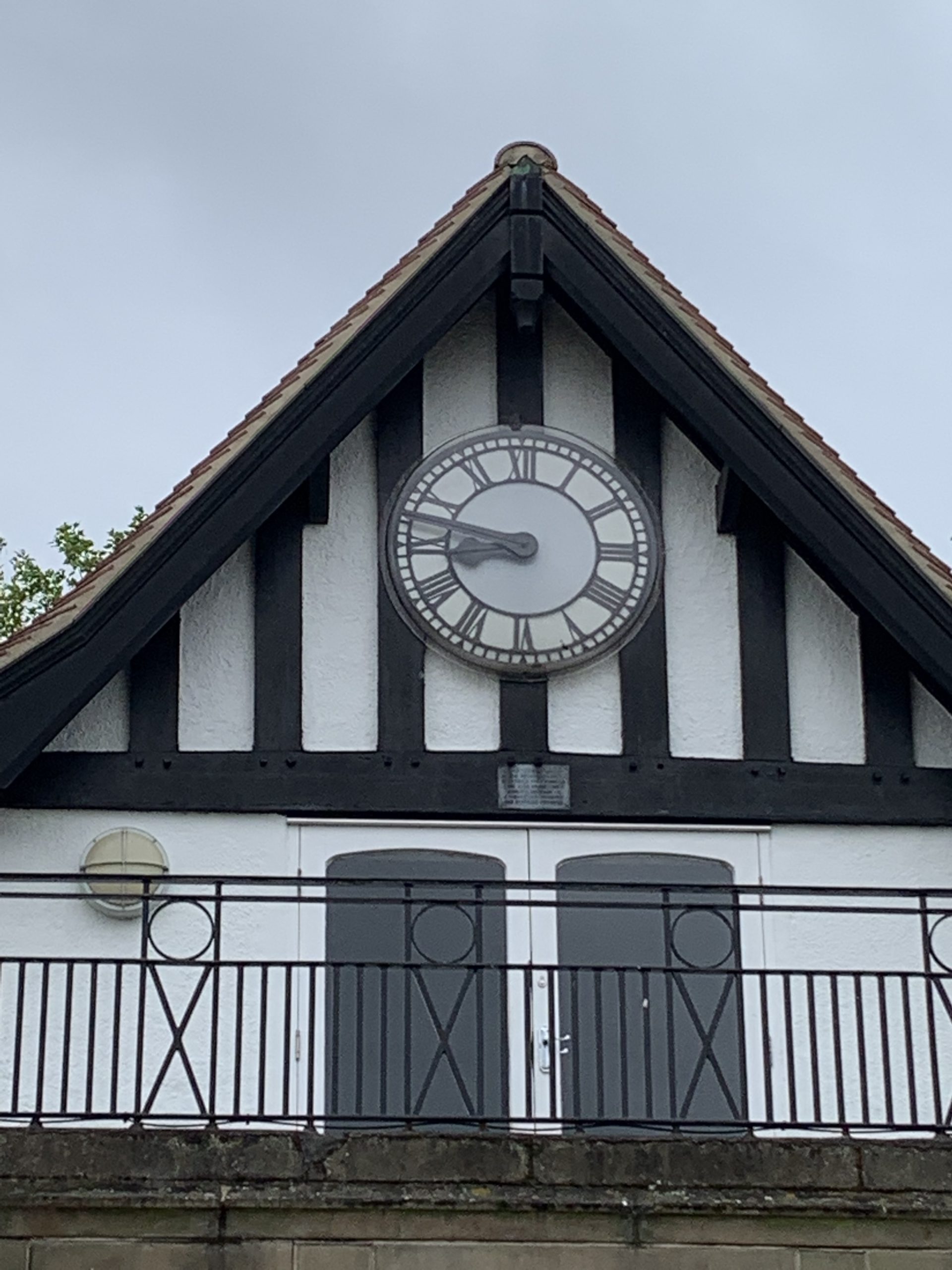Extract from ‘Chesterfield Cricket Club – 100 years at Queen’s Park’
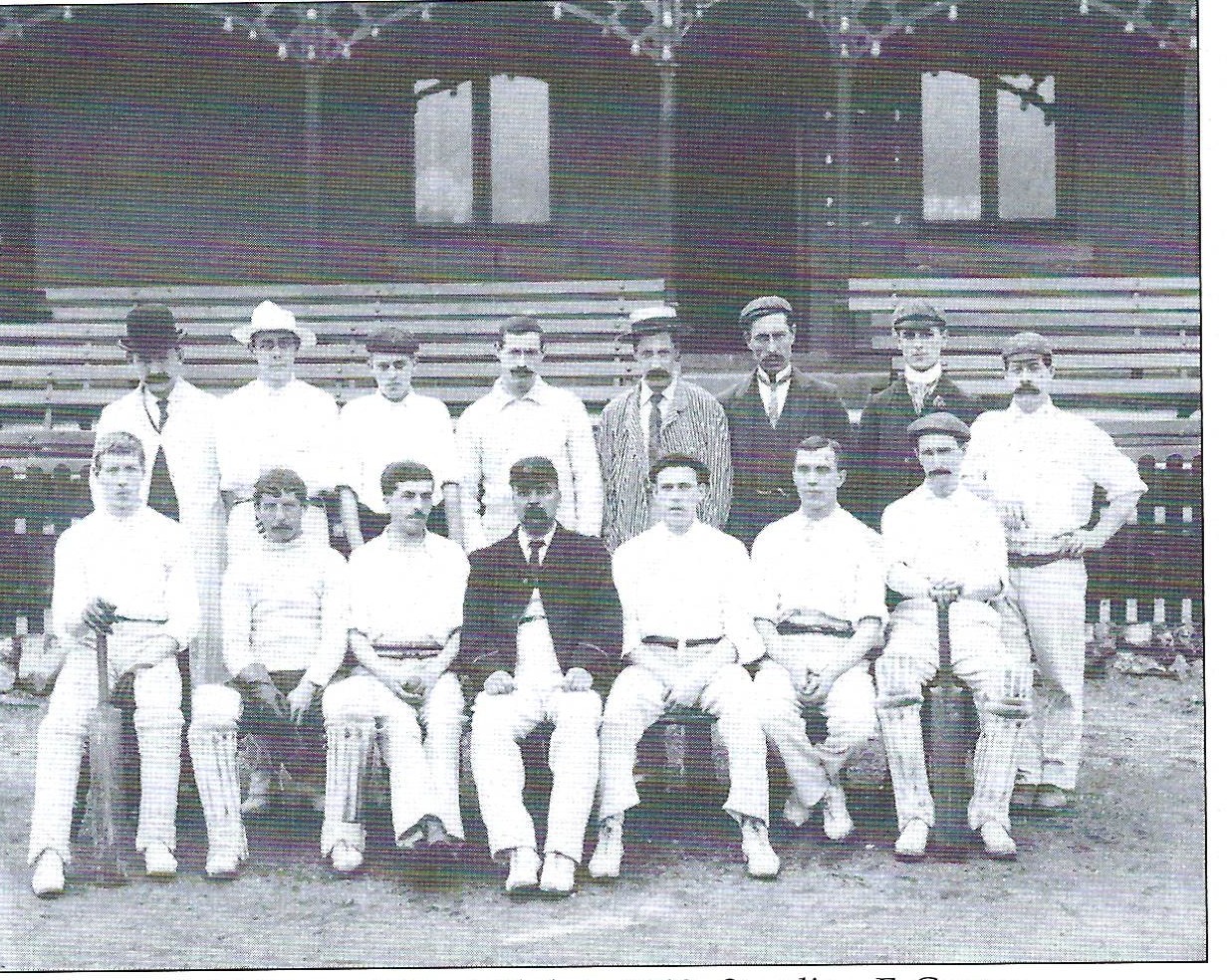
We are incredibly grateful to Noelle McCarroll who has given us permission to use extracts of her book on our website. Noelle wrote the book ‘Chesterfield Cricket Club – 100 years at Queen’s Park’ in 1993. She and her family have been involved in the club for many years and she is still a member of the club’s renowned Social Committee. She is part of a team of volunteers from the committee who still provide the players and officials meals for all Derbyshire CCC matches that take place at the Park.
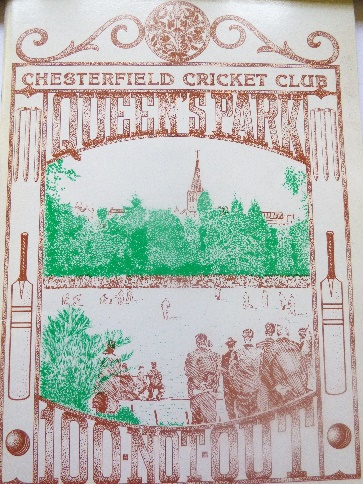
Chesterfield Cricket Club has a history stretching back to the 18th century, when it played matches at various locations in the town. In the Derbyshire Courier of 19 October 1867, it was announced that the committee of the Chesterfield Cricket Club had great pleasure in informing their friends that during the winter months they intended to open a football club. Subscriptions were set at ls. 0d. for members of the Cricket Club and 2s. 6d. for non-members. The advertisement was evidently successful as, on 19 February 1868, Chesterfield Football Club played its first match at the (Old) Recreation Ground, Saltergate, (the former home of Chesterfield FC). and Chesterfield Cricket Club also played at the ground.
Spireites fans may be surprised to discover that their team was formed by cricketers wanting to keep fit in the winter months!
Relations between the Cricket Club and the owner of the Recreation Ground were not harmonious and in 1871, following a dispute over the use of the ground, the club decided to find a new home. They rented the two fields which lay between Saltergate and Cobden Road, with just one field between the Old and the New Recreation Grounds, which must have caused some confusion. The Football Club and the athletics events went with them. The Cricket Club immediately advertised for local publicans who would be prepared to serve refreshments on the ground and for local butchers and graziers, who had flocks of sheep to graze on the ground. During the 1870s and early 1880s Chesterfield Cricket Club had a strong side. At least ten members of the club also represented Derbyshire. In March 1887 the Derbyshire Courier reported that the Cricket Club had given up the ground at Saltergate and that the old pavilion and grandstand were being demolished. The Football Club remained in existence.
In February 1894, the exclusive use of the new cricket ground at Queen’s Park (built to commemorate Queen Victoria’s jubilee) was granted to Chesterfield Cricket Club on their match days. The cost of the subscription deterred the working classes from joining Chesterfield Cricket Club and a deputation to the Council asked that the cost for working men should be 2s. 6d. A compromise was reached that 5s. should be the cost for half the members and 2s. 6d. for the rest. In April, Chesterfield Cricket Club decided to move to the Park and a pavilion was transferred from the Old Recreation Ground. The first game was played there on 5 May 1894.
Unfortunately, the inaugural match against a team from Clay Cross did not live up to its billing as the visitors were dismissed for just 35, with no batsman reaching double figures. Chesterfield’s Harry Wilson took seven for 13 in the Clay Cross innings, and Chesterfield reached 92 for seven when they batted.
Chesterfield recorded their first home Derbyshire League victory on 16th June 1894 against Morton. It was noted that Mr W.E. Harvey, now immortalised in a statue outside the former NUM Offices on Saltergate, “received many an applause for cleverness in the field”.
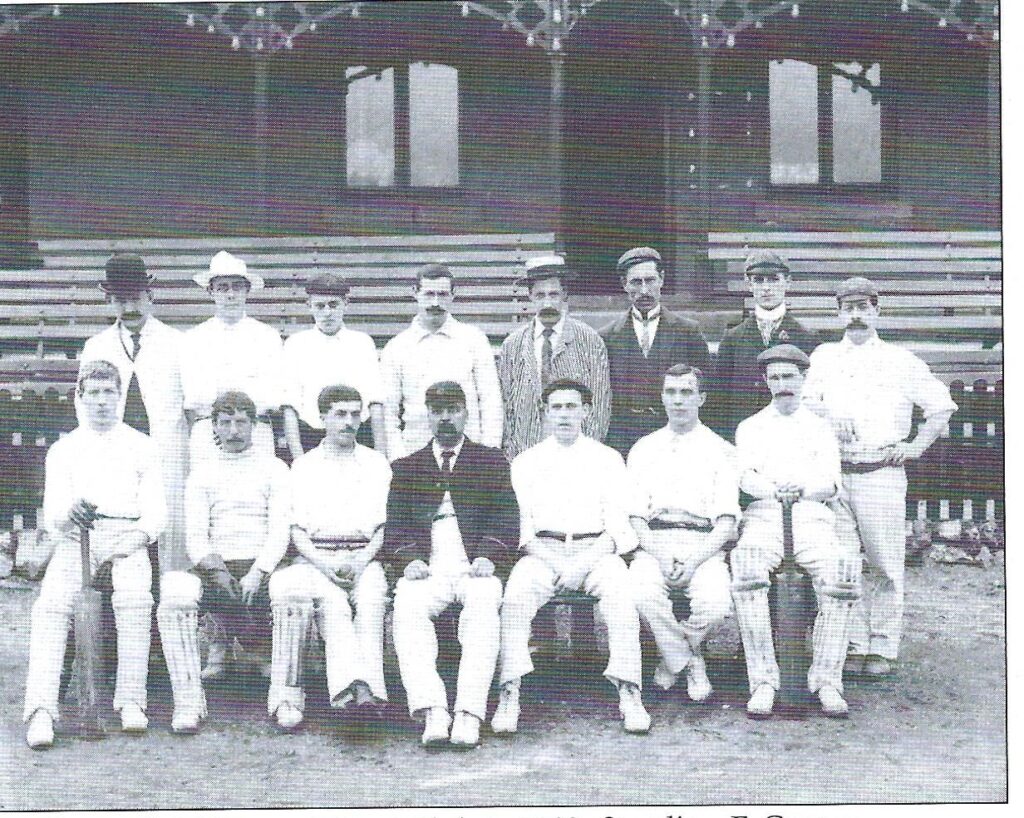
After the move to Queen’s Park the local press recorded that many more spectators were attending matches compared to the old Recreation Ground. However, there is some doubt as to whether this was due to the “altogether more attractive and pleasanter surroundings” or the abolition of the entrance fee! Whatever the reason, the Queen’s Park Ground was considered to be one of the finest in the country at that time.
Within two years Chesterfield Cricket Club won its first Derbyshire League title, and in 1899 the impressive pavilion was built. The building cost £499 18s 6d, and apart from a few refurbishments and extensions in later years its structure remains largely unchanged to this day.
The First Eleven won the Derbyshire League in 1923 and a year later the Derbyshire League Challenge Cup. In 1928 the Second Eleven joined the newly formed second division of the Derbyshire League. Two years later they won the
title helped by 19-year-old George Pope who headed the batting averages (29.20) and bowling averages (26 wickets at 6.69). Both elevens regularly finished in the top six of their respective leagues; the First Eleven won the Rayner Cup in 1934 and 1935 and the Second Eleven won Division 2 in 1938.
The ‘Golden Years’ of Chesterfield Cricket Club were between 1947 and 1957 when the 1st XI won the Derbyshire League six times in ten seasons. Led by Geoff Attrill (Captain 1939-1959), the stalwarts of the side were George Lowe, Jack Enion, wicket-keeper Bob Naylor and Arthur Revill. The famous combination of Lowe and Revill in the slips with Naylor behind the stumps was particularly renowned for its catching and little got past them.
With regular Championship success behind them the club left the Derbyshire League in 1958 to face the stronger challenge of the Bassetlaw League, and promptly moved up from Division 1C to 1A in two seasons.
One home-grown player who learnt his trade in those successful years and went on to achieve honours at a higher level was F C (Jim) Brailsford. He joined the club at 14 and after several successful years with the 1st XI took over the Chesterfield captaincy in 1960. After a spell as a professional in League and first-class cricket for Derbyshire, he captained the club for a second spell from 1975 to 1982 and recruited many existing and former first-class players to his side. One of his best acquisitions was off-spinner Edwin Smith, who with 1209 first-class wickets is Derbyshire’s sixth most prolific wicket taker ever. Jim was, for many years an enthusiastic and popular Club Chairman.
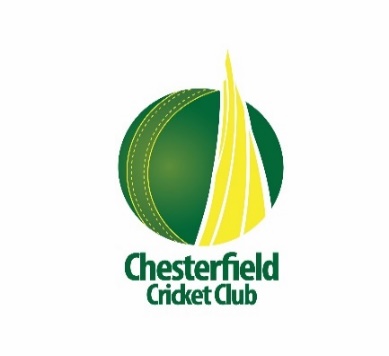
In the 1970s and 1980s, Chesterfield were a strong force in the Bassetlaw League but never won the Championship title, despite coming remarkably close. Notable personalities and players who represented the club during this time were Geoff Miller (Derbyshire, Essex and England), Mike Hendrick (Derbyshire and England), Clive Baxter, Alan Bonsall, David Edmunds, Tony Borrington (Derbyshire), Alan Morris (Derbyshire), John Walters (Derbyshire), David Webster (Derbyshire), Kim Barnett (Derbyshire, Gloucestershire and England) and Roger Finney (Derbyshire).
A high point of the late 1990’s was the emergence of local talent Ian Blackwell. Prolific scoring, including a League record-breaking individual score of 213 not out against Bolsover, confirmed his place as one of the best stroke-players in the Bassetlaw League for many years. After two years contracted to Derbyshire Ian moved to Somerset where he enjoyed great success and represented England in one-day internationals. He is now a first class cricket umpire and has officiated at Queen’s Park.
In 1999, Chesterfield CC moved to the Derbyshire Premier League in its inaugural season, marking the clubs return to a Derbyshire league competition after 41 years. The accreditation of the Derbyshire Premier League to full ECB status in the year 2000 confirmed its position as one of the best club cricket leagues in the country.
The year 2003 was significant for the Club as Mike Taylor joined the committee and, within 18 months, he was elected Chairman and he still holds that post. During the early years of his stewardship the club was successful, winning the Premier League in 2006. The Club had lots of good youngsters coming through and Derbyshire CCC returned to the Park the same year after a £4m project of improvements for the Park, including the pavilion, financed by the Borough Council and the Heritage Lottery Fund. The Club became a willing partner to Derbyshire CCC in staging the Festival.
Since then, the Club has produced many juniors who have progressed through the Club and beyond. Alex Hibbert, the current club captain, came through the junior set-up, as did Ross Whiteley, whom Mike Taylor describes as a prodigious talent. Mike said: ‘I remember Ben Slater playing in the Park in the early days. He spent all his formative years in cricket at Chesterfield Cricket Club. He was always a great player moving from us first to Derbyshire, getting deserved recognition, and eventually moving to Notts CCC ’. Whilst some have progressed to greater success Mike is also proud of the many more whom the Club’s junior section has helped with their game simply in order that they can more enjoy their cricket.
Over the years the Borough Council gained enough confidence in the Club to allow them to make their own decisions regarding the cricket square’s suitability for matches to be played, the use of the ground and general match day preparations.
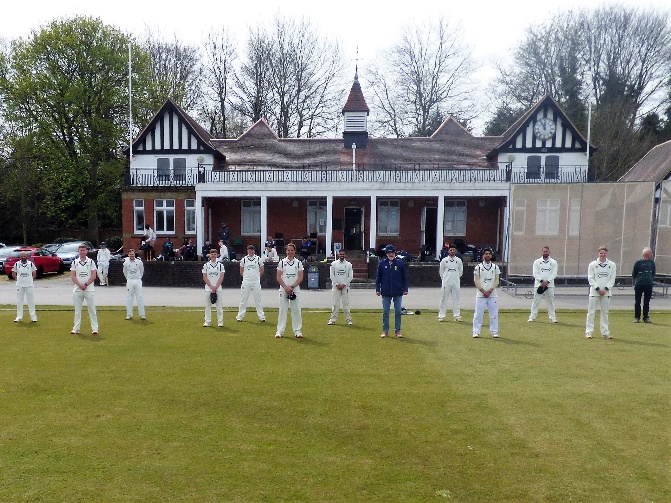
Chesterfield remains a vibrant and successful club with three senior teams playing in the Derbyshire Premier League, and the Derbyshire County Leagues. In addition, a Sunday XI plays in the Mansfield & District League.
It has a thriving junior section for boys and girls, ranging from Under 10 Kwik Cricket to U19s. Junior training takes place on Wednesday evenings throughout the summer. Winter training and indoor leagues are available for juniors and seniors. Chesterfield Cricket Club is ECB accredited and holds Clubmark status.
A final reflection from Mike Taylor ‘With the sun shining and some good cricket taking place there are few better places to be and when I look out there, it is with a sense of pride that I can say I play a small part in it all.

